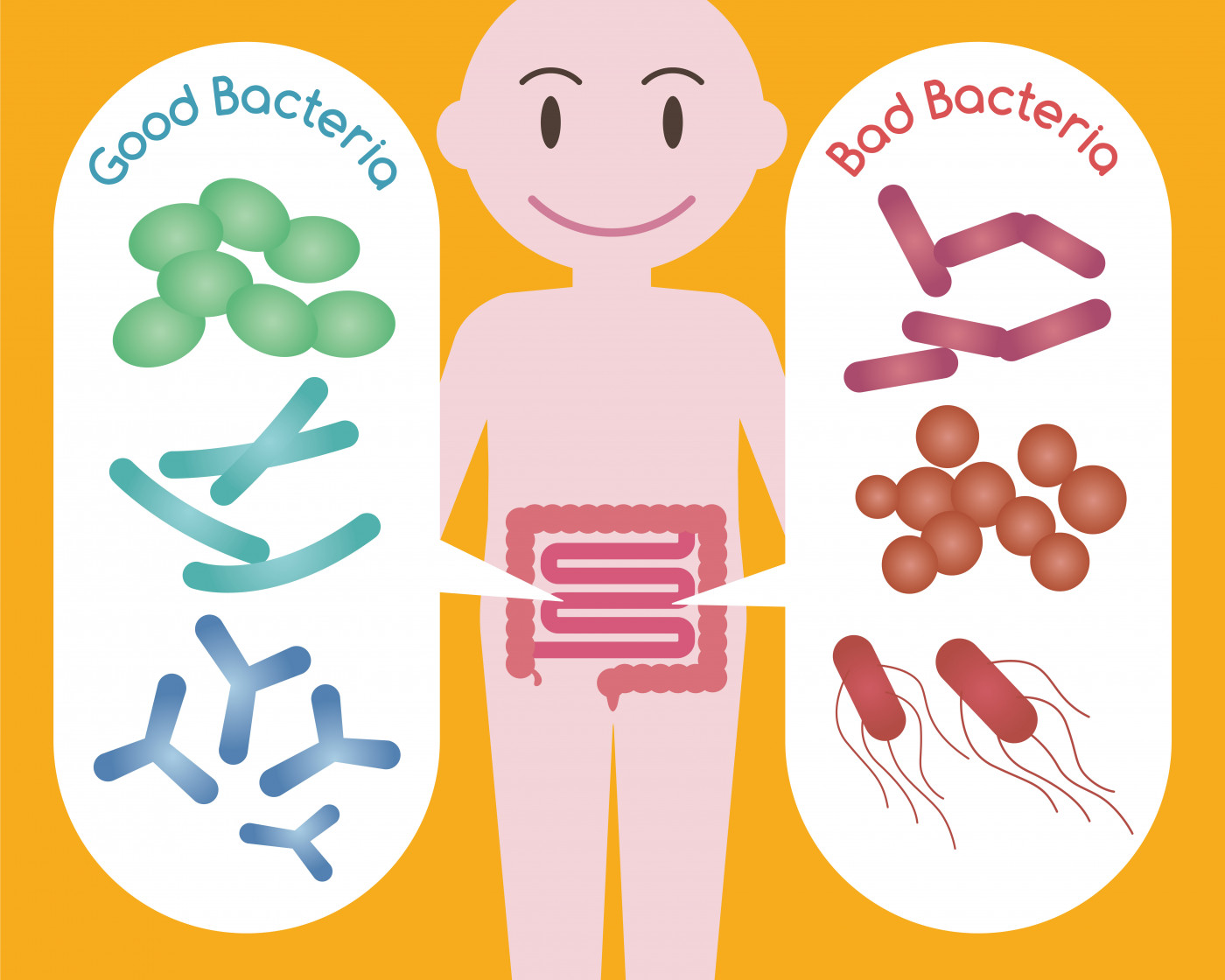Bile Acids Altered by Gut Microbes in Appendix

Alterations in gut microorganisms found in the appendix of people with Parkinson’s disease were associated with elevated digestive bile acids that may play a role in disease development, a study has revealed.
The discovery suggests targeting microbial-derived bile acids as a new approach to treatment, or using these acids as biomarkers to monitor early disease progression and response to treatment, the scientists said.
“It’s becoming increasingly clear that gut health is tightly linked to brain health,” said study first author Peipei Li, PhD, in a press release. “Our findings provide exciting new opportunities for better understanding this relationship and possibly for developing new ways to diagnose — and even treat — Parkinson’s.”
The study, “Gut Microbiota Dysbiosis Is Associated with Elevated Bile Acids in Parkinson’s Disease,” was published in the journal Metabolites.
One of the first non-motor symptoms of Parkinson’s disease is constipation, which can occur many years before the onset of motor symptoms, suggesting early involvement in the digestive (gastrointestinal) tract.
Studies have found changes in microorganisms living in the digestive tract — the gut microbiome — in the stool of people with Parkinson’s compared to healthy controls.
The appendix has been implicated recently as a place in the digestive tract that may contribute to the development of the disease because it acts as a storehouse for the gut microbiome. In some people, removing the appendix has been associated with a lower risk of Parkinson’s.
An important function of the gut microbiome is in the production of bile acids released by the gall bladder that aids in the absorption of dietary lipids (fats and related molecules), as well as glucose metabolism and inflammation.
Most primary bile acids are reabsorbed back into the liver. At the same time, those entering the large intestine are converted by gut microbes into secondary bile acids that are toxic at elevated levels and have been implicated in intestinal inflammation, liver injury, and gallstone formation.
However, whether these secondary bile acids affect the development of Parkinson’s is unknown.
Researchers based at the Van Andel Institute in Michigan designed a study to determine whether the appendix’s microbiome is altered in people with Parkinson’s and to analyze the consequences of bile acid production.
First, the team examined the microbiome in appendix samples isolated from 12 people with Parkinson’s with 16 matched healthy controls as a comparison.
The analysis found the most significant change in the microbiome in the appendix of Parkinson’s patients compared to controls were in bacteria called Peptostreptococcaceae and Lachnospiraceae. There also was a prominent increase in Burkholderiales bacteria and a decrease in Methanobacteriales as well as Odoribacter, Clostridium, unclassified Sutterellaceae, and Escherichia.
Next, an analysis of altered microbial metabolic pathways found the most significant change was a loss of fatty acid metabolism and lipid metabolism malfunction. Moreover, there was a reduction in proteins affecting lipid metabolism and changes in protein localization pathways, immune activity, and glucose metabolism in Parkinson’s appendix.
“[Changes] affecting lipid homeostasis in the [Parkinson’s disease] appendix corroborate the microbial pathway alterations affecting lipids in patients,” the researchers wrote.
The team also profiled proteins in the ileum, which is the small intestine area that connects with the large intestine adjacent to the appendix. Similar to what was observed in the appendix, there was a significant decrease in lipid metabolism in the Parkinson’s ileum than controls, as well as alterations in immune activity and glucose metabolism.
A more detailed analysis found, in both the appendix and ileum of Parkinson’s patients, a decrease in a protein known as fatty acid-binding protein 6 (FABP6), a bile acid transporter involved in returning bile acids to the liver.
In addition to these changes, alterations were found in microbes responsible for generating secondary bile acids such as Clostridium cluster XI and Burkholderiales. An analysis of 15 bile acids in patients compared to controls measured an 18.7-times increase in lithocholic acid (LCA) and a 5.6-times increase in deoxycholic acid (DCA), both secondary bile acids related to cytotoxicity.
While there was no change in primary bile acid or the total bile acid levels, there were elevated concentrations of secondary bile acids produced by microbes. Similar results were found in the ileum with a significant 3.6-times increase in LCA in the Parkinson’s participants than among controls.
A final examination of gene activity related to bile acid synthesis, signaling, and transport in Parkinson’s patient ileum samples identified significantly elevated gene activity involving cholesterol metabolism and transport. These changes were not found in liver samples.
“In sum, our findings provide a novel look into the appendix microbiota in [Parkinson’s disease] and demonstrate microbially mediated bile acid disturbances,” the researchers wrote. “Considering the relative accessibility of [the digestive] tract and existing therapies for bile acid-related disorders, targeting microbial-derived secondary bile acids may be a new avenue for the earlier diagnosis and alleviation of PD symptoms.”
“We demonstrated that not only was there a significant shift in the bile acid metabolism … but that these compounds have the potential to be used as early blood-based biomarkers of the disease,” added co-author Stewart Graham, PhD. “This is extremely important as this is when treatments are believed to be most effective.”






